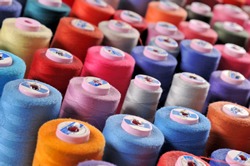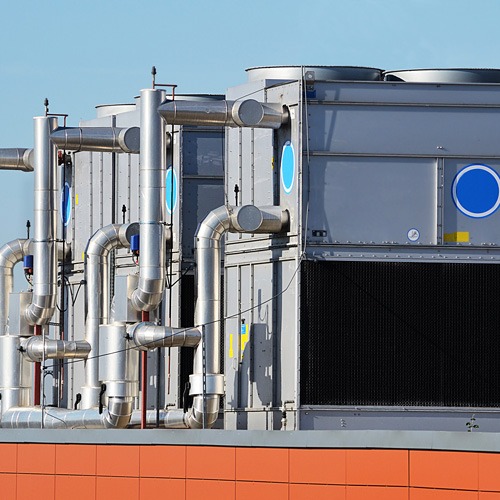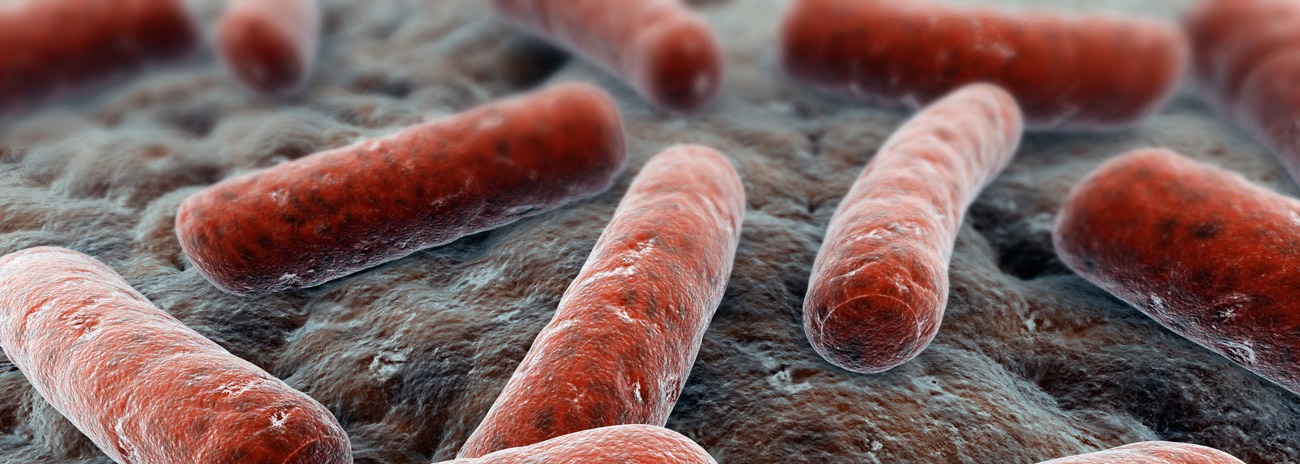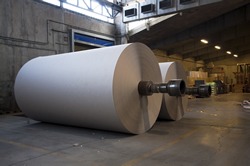Water & Chemical Use in the Textile Industry
Textile dyeing and finishing
The textile dyeing and finishing sector uses large volumes of water and substantial quantities of complex chemicals. Companies operating in this sector are facing significant challenges, many associated with the acquisition and disposal of these essential raw materials. In particular, the charges incurred for mains water supply and effluent disposal are increasing, and companies need to address these issues to save money and remain competitive.
Reducing water and effluent costs
This guide shows that it is possible for companies to reduce their water and effluent costs, often by as much as 20% or more, by implementing no cost and low-cost changes. Furthermore, overall savings can be doubled or trebled when the associated saving in raw materials is taken into account.
The guide sets out to show how all textile companies can address these business improvement issues and save money, without the need for large-scale investment.
Guide Contents
The guide covers a number of issues and introduces the concept of material balances in the various processes by helping companies to understand how and where water and chemicals are used in their processes;
- identifies ‘good housekeeping’ opportunities for reducing water and chemical use;
- outlines a water, chemical and effluent management action programme;
- considers alternative technical options for reducing water, chemical and effluent disposal costs;
- highlights specific case studies that demonstrate the savings achieved by the UK and overseas textile companies… request a copy of the full document >>







